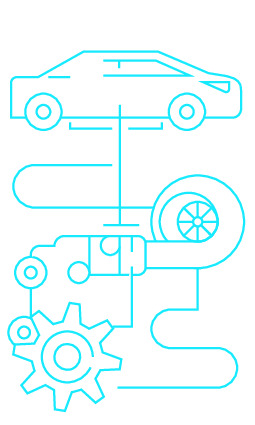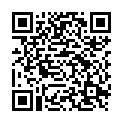|
|
|
| Module code: FT04.2 |
|
|
2V (2 hours per week) |
|
2 |
| Semester: 1 |
| Mandatory course: yes |
Language of instruction:
German |
Assessment:
Written exam 90 min.
[updated 30.09.2020]
|
FT04.2 (P242-0011, P242-0012) Automotive Engineering, Bachelor, ASPO 01.10.2015
, semester 1, mandatory course
FT04.2 (P242-0011, P242-0012) Automotive Engineering, Bachelor, ASPO 01.04.2016
, semester 1, mandatory course
FT04.2 (P242-0011, P242-0012) Automotive Engineering, Bachelor, ASPO 01.10.2019
, semester 1, mandatory course
|
30 class hours (= 22.5 clock hours) over a 15-week period.
The total student study time is 60 hours (equivalent to 2 ECTS credits).
There are therefore 37.5 hours available for class preparation and follow-up work and exam preparation.
|
Recommended prerequisites (modules):
None.
|
Recommended as prerequisite for:
FT16.1 Vehicle Superstructures and Lightweight Construction
FT19.1 Passive Vehicle Safety
FT26.1 Project Work 1
FT30 Engineering Project in English
[updated 11.05.2019]
|
Module coordinator:
Prof. Dr. Andrea Bohn |
Lecturer:
Prof. Dr.-Ing. habil. Andreas Fricke
[updated 10.07.2015]
|
Learning outcomes:
After successfully completing this course, students will be able to use technical drawings passively and actively, i.e:
- They will be able to read technical drawings, derive the three-dimensional shape of components from them and identify their function,
- They will be able to represent and dimension components in accordance with standards and to tolerate them according to their function,
- They will be able to design simple assemblies, as well as represent and structure them according to standards.
Within the scope of a final term paper, students will demonstrate that they are capable of designing the components of a manageable production device, illustrating them in technical drawings, and dimensioning and tolerating them in a manner appropriate to their function and production. In doing so, they will be able to use of the IOS tolerance and fit system and the dimensional chain theory.
[updated 30.09.2020]
|
Module content:
1. Descriptive geometry methods
2. Technical drafting
- Basic standards
- Projections, views, sections
- Dimensioning structural components
- Representing special technical elements
3. Tolerances and fits
4. Documenting technical products
[updated 30.09.2020]
|
Teaching methods/Media:
- Lecture with corresponding exercises
- Lecture notes
[updated 30.09.2020]
|
Recommended or required reading:
/1/ Hoischen, H.; Hesser, W.: Technisches Zeichnen. Berlin: Cornelsen Verlag 2018
/2/ Grollius, H.-W.: Technisches Zeichnen für Maschinenbauer. München: Carl Hanser Verlag 2016
/3/ Jorden, W.; Schütte, W.: Form- und Lagetoleranzen. München: Carl Hanser Verlag 2017
[updated 30.09.2020]
|


